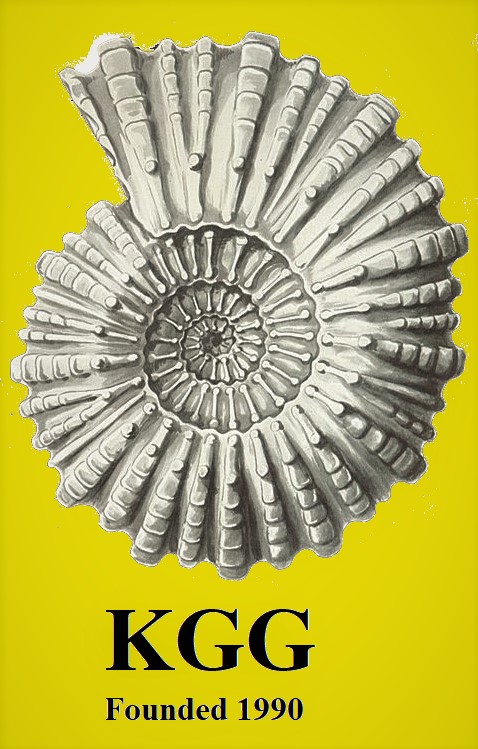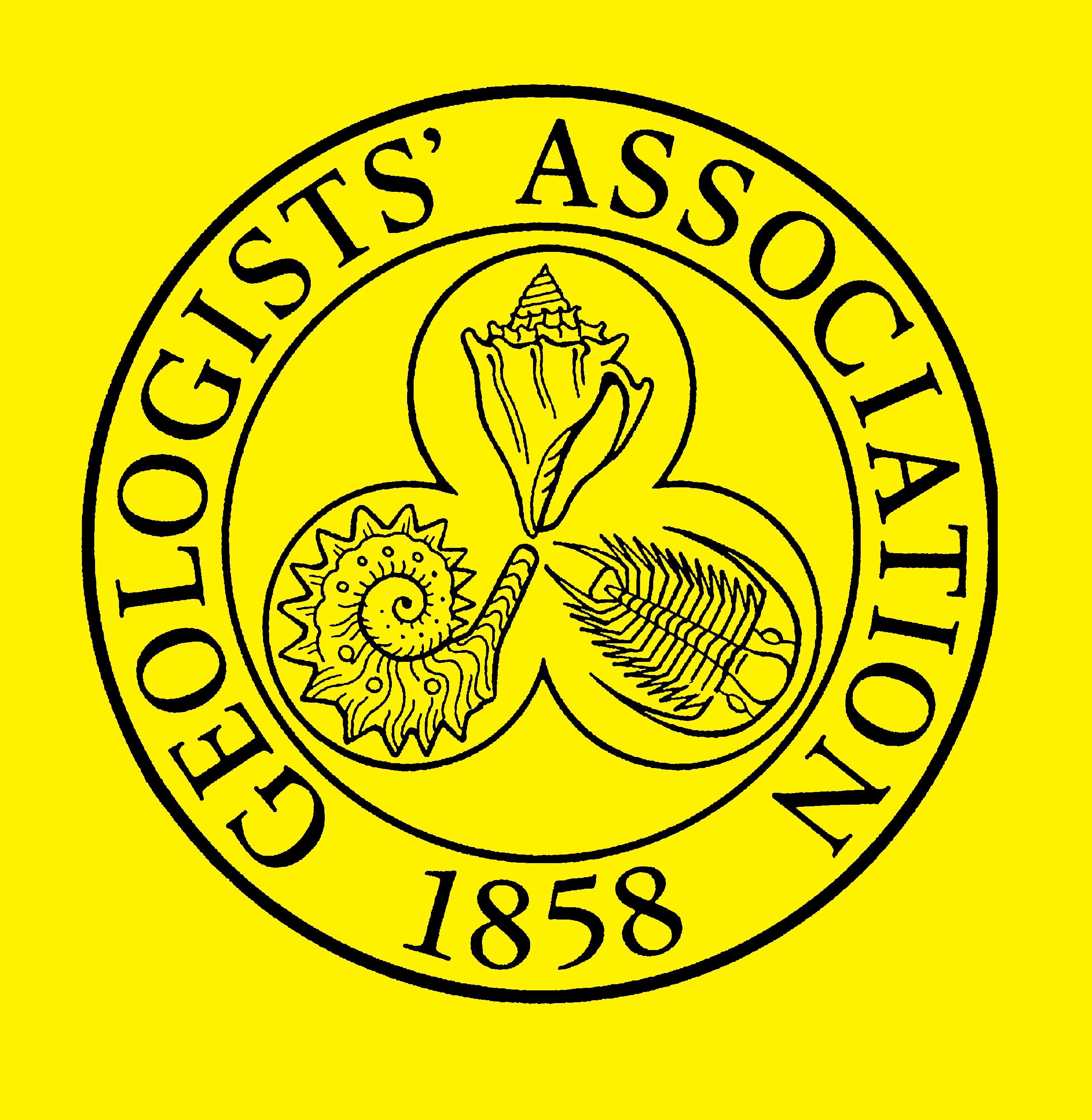
|
KENT GEOLOGISTS' GROUPHow Old Are Fossils |

|
Stratigraphy, Fossils and Time
Geology is study of the Earth. The various branches of geology specialise in particular topics. Thus Palaeontology is the study of life in ancient times and is largely based on fossil records. Stratigraphy is the study of the order and relative position of strata, or layers, in sedimentary rocks as a means of historical interpretation.
An exposed section of a sedimentary rock face will show the layers of sediment that built up the rock. If the layers are reasonably free from significant folding it may be supposed that the upper layers were deposited on top of lower layers, and that the lower layers are therefore older. In this way, by tracing the rock face as far as possible, one is able to define a sequence of strata called a 'formation'. To build up a complete picture, however, it is necessary to establish the relationship between disconnected formations.
Geologists found that rocks of different ages contained different types of fossils and that some fossils had a very restricted range. In this way geologists were able to relate formations and to define the expanse of geological time in terms of formations but initially had no measure of time, except that it was very long.
In the late nineteenth century Lord Kelvin, the British mathematician and physicist used measurements of cooling of the Earth to calculate the age of the crust as 20 to 40 million years. However, his work was done before radioactivity was discovered and so he was unable to allow for the heating effect of radioactivity. It was not until the discovery of radioactivity, and radioactive dating techniques, that a more accurate estimate of the absolute age of rocks could be made.
Radioactive elements decay with a 'half life' that can be accurately determined under laboratory conditions. The absolute age of rocks can be calculated by determining the proportions of radioactive and decay products. Geologists have thus been able to correlate rocks of the same age that occur in different parts of the world and so to subdivide geological history into useful units of time. These units of time, in order of decreasing magnitude are called eon, era, period, epoch, age and chron.
A table of the more well known geological time phases in eras and periods is shown in 'Geological Time'. The table is only approximate. The times depend on the accuracy with which time can be measured, and geologists are continually changing the boundaries of the eras and epochs. By knowing the age of the rock stratum in which a fossil is found it is possible to determine the age of the fossil.
Keen amateurs have contributed much to the fossil record, but it must be emphasised that fossils are of only aesthetic interest unless their full provenance (the correct identity of the location where they were found) is recorded.
| Fossils | Geological Time | Micro Fossils | Macro Fossils | Fossil Gallery |